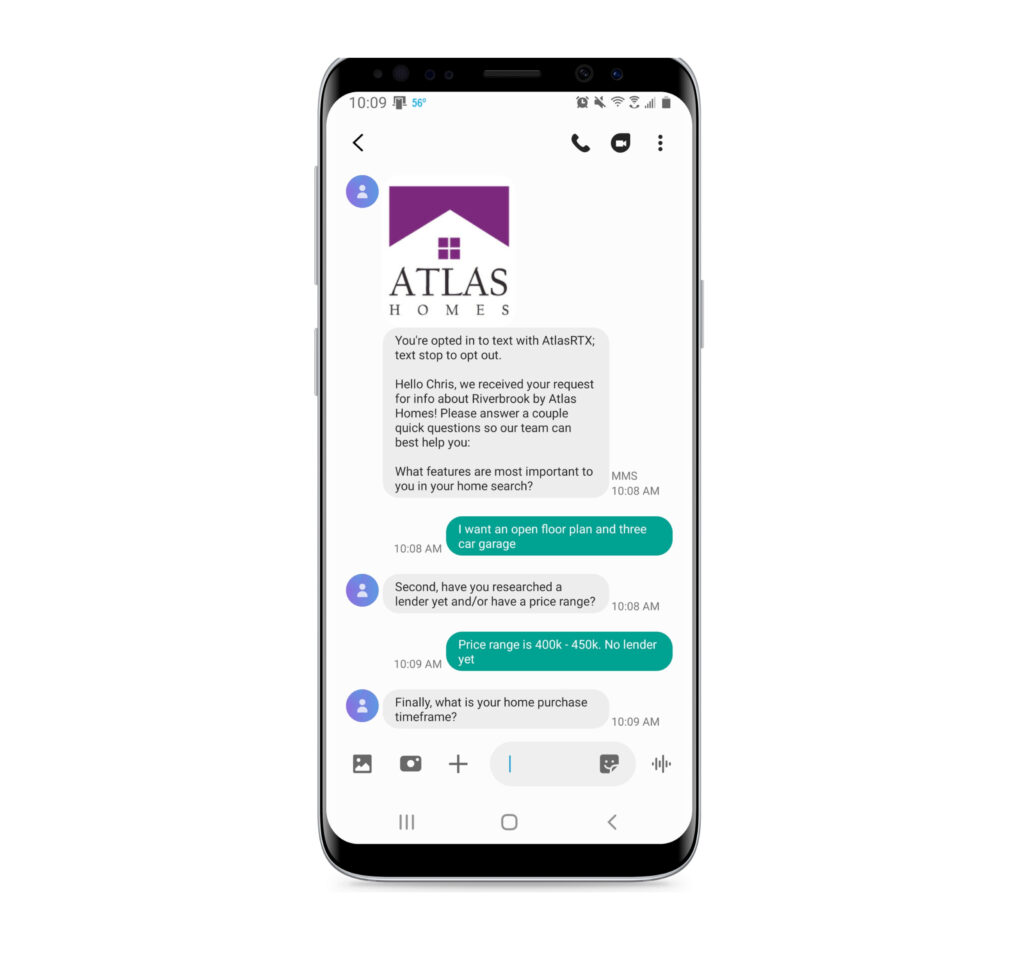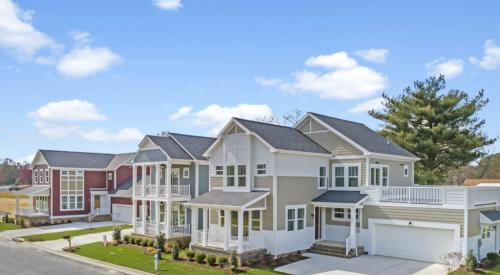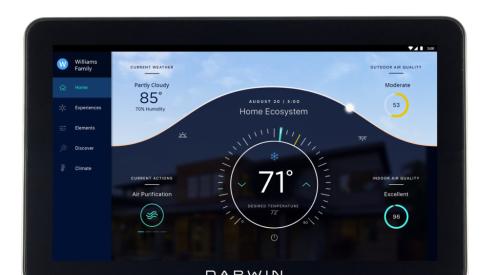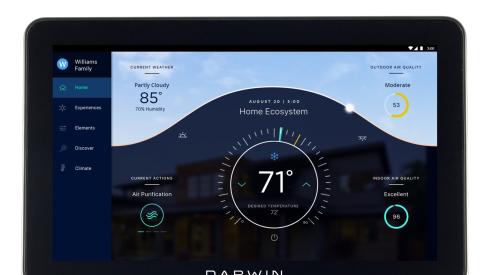“We had been working on it for about a year, and it was 80 percent there,” says Brown, principal of Next New Homes Group and builder Next Crafted in Roseville, Calif. “When COVID-19 hit, we thought, ‘We gotta escalate this,’ and we rolled it out in 30 days.”
Chatbots, which can be offered to consumers on a website, via text messaging, or even in a messaging app such as Facebook Messenger, are the latest avenue for connecting with customers.
A mix of computer code and artificial intelligence (AI), chatbots are computer programs that assist customers by answering commonly-asked questions. Sophisticated bots can draw on builder-provided data about communities, floor plans, options, and price points, and use natural language processing to engage in a human-like manner.
'Since COVID-19 forced customers to shop from home, firms are finding themselves completely overloaded by online leads. There is no way to staff that at a human level and get back to all those people in a timely way.’
- Pierrette Tierney, Magleby Construction
How Smart Builders Benefit From Chatbots
When the pandemic started shuttering new-home sales offices in March, Christopher Brown knew it was time to fast-track the chatbot.
Informally named “Hannah,” Brown’s chatbot proved to be a winner at turning prospects into serious buyers. “Multiple customers would come in for an appointment with the sales person and ask if Hannah was in,” Brown says. “They just wanted to say hi to her since they’ve been talking with her so much over the past few days.”
Other builders are also seeing success. At AtlasRTX, which has been developing chatbots for home building since 2016, builders using their product have been able to boost their conversion rates for appointments and contracts by 10% to 50%.
What’s driving these results? Here are five reasons why smart builders love chatbots.
1. Chatbots can respond promptly to lots of leads. “Since COVID-19 forced customers to shop from home, firms are finding themselves completely overloaded by online leads,” says Pierrette Tierney, vice president of business development at Magleby Construction in Utah and a former division president for Taylor Morrison in California. “There is no way to staff that at a human level and get back to all those people in a timely way.”
Fail to respond for hours or days, and you may lose that buyer forever. “Speed is everything,” says Chris Hartley, vice president of sales for K. Hovnanian Homes in Dallas-Fort Worth, who first began experimenting with chatbots while working for a private builder.
2. Chatbots are available whenever a buyer wants to interact. “Two-thirds of the chats on our platform happen after hours and on weekends,” says Bassam Salem, CEO of AtlasRTX, a Park City, Utah-based firm whose chatbot technology is being used by dozens of builders, including large national firms such as KB Home and Taylor Morrison.
That 24/7 availability allows buyers to begin gathering data about builders, communities, and floor plans on their own schedule and use it to decide which options to pursue. “Customers have been trained to do their research first before they start talking to a human,” Tierney says.
3. Chatbots can sort out the window shoppers from the serious buyers. “If you’re running digital ads, you are probably getting hundreds of leads a week. Some of those people are really early in the process of buying a new home,” says Brown. “Let (artificial intelligence) filter them out” so that salespeople are spending their time with the most promising customers.
Salem agrees. “Let the bot do the first level work,” he says. “When a customer asks a question that the chatbot doesn’t have an answer to, the bot can say, ‘I’m happy to have a human reach out to you.’’
The technology can also nurture leads that have cooled, according to Brown; he suggests sending a message every few weeks to prospects asking them how they are doing on their home buying decision.
Lastly, the technology can also help assess the viability of current hot leads. If a seemingly eager buyer is now ghosting their salesperson, you might consider using a chatbot to send a text asking him or her to rate their interest in the community or floor plans. “People can be honest with a robot because they aren’t hurting anyone’s feelings,” Hartley notes.
4. Chatbots can reduce language barriers. According to the U.S. Census, there are 350 languages spoken in the United States, with the 15 largest metro areas reporting at least 125 languages being spoken at home. For smart builders operating in places with diverse populations, chatbots can provide a way to talk with prospects even if you don’t have a salesperson who’s fluent in a particular foreign language; AtlasRTX’s chatbot can communicate in 100 different languages. “It’s critical to be able to communicate with customers in their native language,” says Tierney. “Almost every market is seeing more ethnicities and more diverse demographics.”
5. Chatbots can help smart builders and salespeople. This technology can certainly help you avoid being caught with too many or too few salespeople when your prospect volume rises or falls. “It’s hard to staff the ebbs and flows,” says Tierney. “Chatbots give builders the ability to manage the ebbs and flows of traffic in a way that is cost-effective.”
But chatbots can also help salespeople do their jobs more efficiently. When Hartley first introduced chatbots at the private builder where he worked, he piloted the project with a few tech-savvy staffers, who soon started selling more homes faster than their coworkers. “Within a few months, the whole team started requesting the program,” he remembers. “It took off like wildfire.”
If you’re wondering if your firm is ready to invest in a chatbot, it probably depends on your sales volume. “It feels like a no-brainer for a large regional or national builder,” says Tierney. “The economy of scale doesn’t work as well for high-end custom homes yet.”
But the technology might be worth considering for a production builder selling 50 to 100 homes a year with multiple communities, a handful of floor plans, a solid online presence, and an eye on growth.
“The honest truth is that if you have very minimal traffic, you’re probably OK not having a chatbot,” Salem says. “It’s fine until the number of interactions surpasses your ability to engage those customers.”















